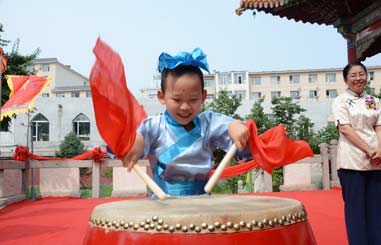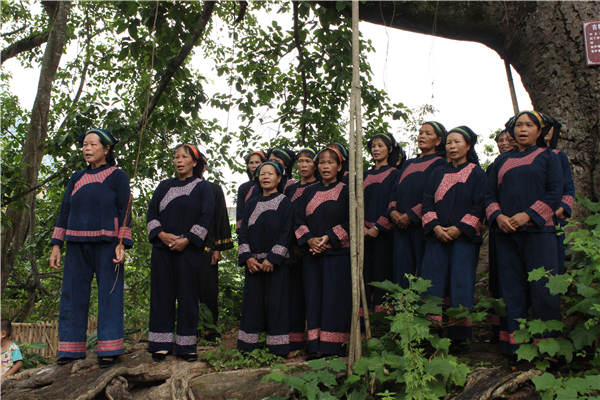 |
|
Ethnic Zhuang women perform a ceremony to worship the mountains.
|
Lu Huanming, who has spent most of life in this village of 400-odd residents, says: "I grew up hearing about the rock paintings. The mountain is like a God to us. No one will dare to harm the paintings, or our village will be cursed."
"No one even dares to point at the paintings. Anyone who does that will fall ill," the 68-year-old says. "As long as there are weddings, funerals and festivals, we will hold ceremonies to seek the mountain's blessings."
The reverence of the local people is probably a reason why the rock art, which was created between the 5th century BC and 2nd century AD, is in relatively good condition more than 2,000 years later. Close to the village is the biggest rock art complex among the 38 sites. It contains 1,951 motifs, most of which are human figures performing ceremonies.
The paintings are spread over an area of 8,000 square meters on the cliff, which is considered the world's biggest single panel of rock art other than the Nazca Lines in Peru.
According to Zhu Qiuping, the director of the cultural relics custody office that has been studying Huashan rock art for nearly 30 years around Ningming, the motifs were drawn by the Luoyue people, who are considered to be the predecessors of today's Zhuang group.


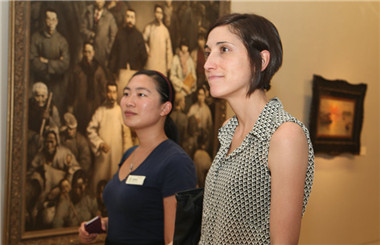














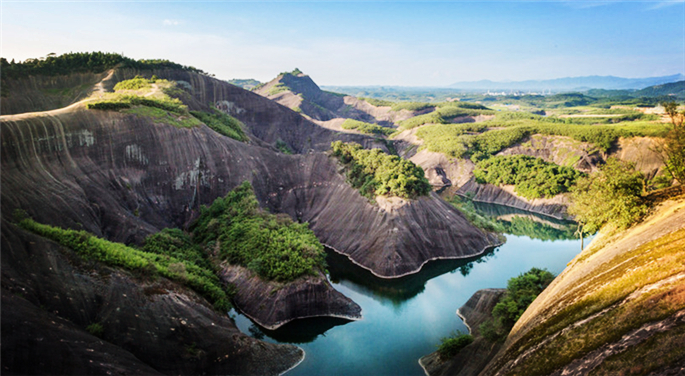

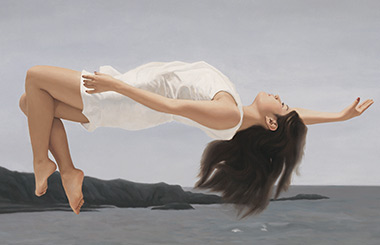




 Raymond Zhou:
Raymond Zhou: Pauline D Loh:
Pauline D Loh: Hot Pot
Hot Pot Eco China
Eco China China Dream
China Dream China Face
China Face



